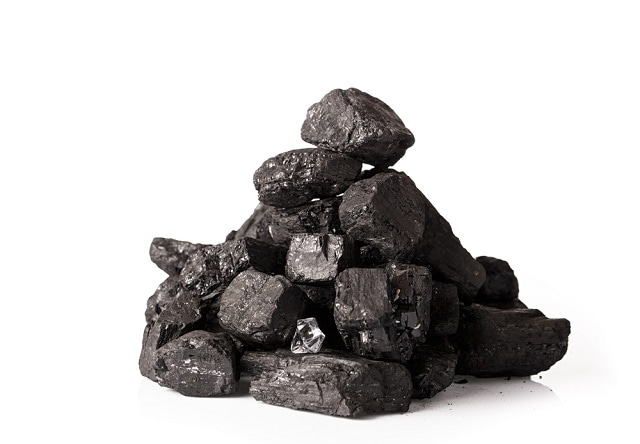Apr 22 2016
Engineers and scientists from Battelle illustrated a technique to convert coal into jet fuel. Their next focus is on commercializing this new technique.
 Image Credit: Oleandra | Shutterstock.com
Image Credit: Oleandra | Shutterstock.com
In a cost-shared program, promoted by the Ohio Coal Development Office (OCDO) of the Ohio Development Services Agency (ODSA) and the U.S. Department of Energy, National Energy Technology Laboratory (NETL), Battelle is illustrating a newly invented hybrid, direct coal-to-liquids process for developing jet fuel by using biomass-derived coal solvents.
Coal is converted to syncrude under extremely low pressure without the need for a catalyst or gaseous hydrogen. It is possible to upgrade the syncrude to jet fuel and various other distillates using standard petroleum upgrading technology.
The Battelle process offers a significant reduction in capital and operating costs and a substantial reduction in greenhouse gas (GHG) emissions. Our objectives are to demonstrate a straightforward path to near-term commercial production of jet fuel from coal using biomass-derived coal solvents.
Satya Chauhan, Process-Development Team, Battelle
Recently, Chauhan presented findings on this breakthrough technology and has also filed a number of patent applications. In August 2016, Chauhan plans to present additional findings at the 2016 International Pittsburgh Coal Conference, to be held in Cape Town, South Africa.
The two-phase project is nearing its completion and its results will lead to the advancement of three steps of hybrid coal/biomass-to-jet fuel process to the technology readiness level of 5 (TRL 5). Coal liquefaction and bio-solvent production processes have successfully increased to one ton per day. Chauhan and his team have successfully tested an increasing number of unique bio-solvents containing bituminous coal from West Virginia and Ohio, and also containing a sub-bituminous coal. A number of catalysts have also been examined to improve the syncrude to jet fuel and diesel. Exhaustive results on GHG emissions reduction and cost savings will be released towards the end of the year 2016.
All of the major subsystems of the newly developed technique use commercially-available equipment and raw materials from across the globe. Currently, Battelle is working towards obtaining technology licensees for global applications and implementation.